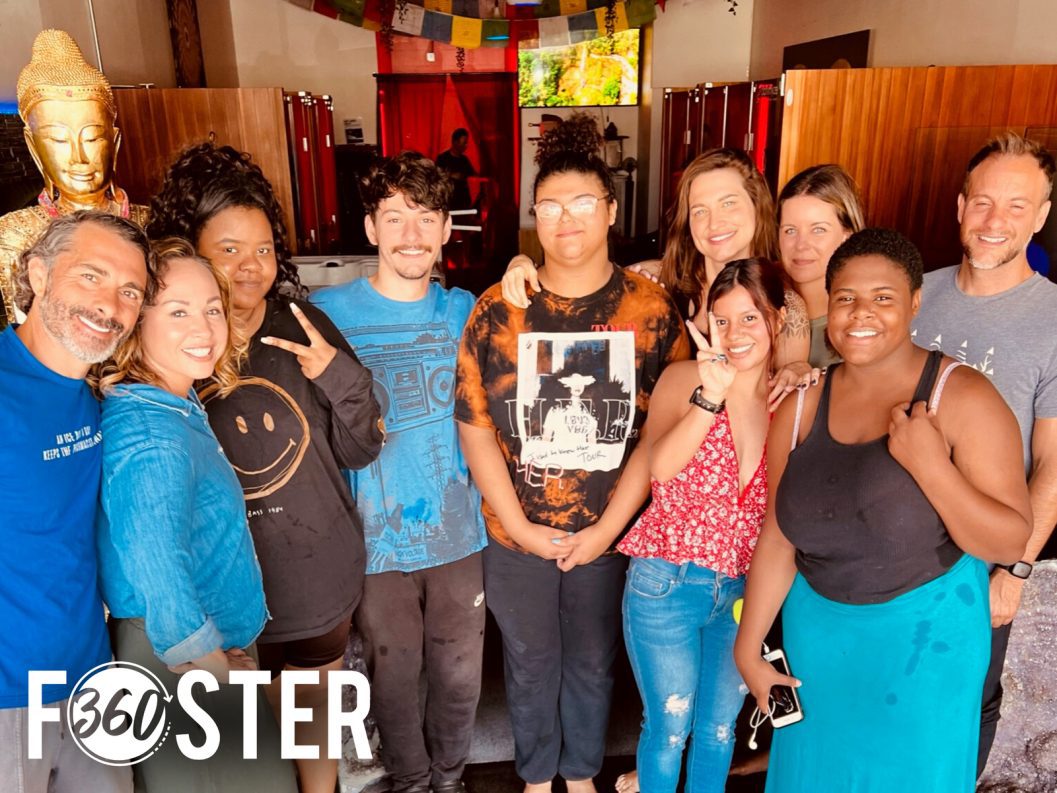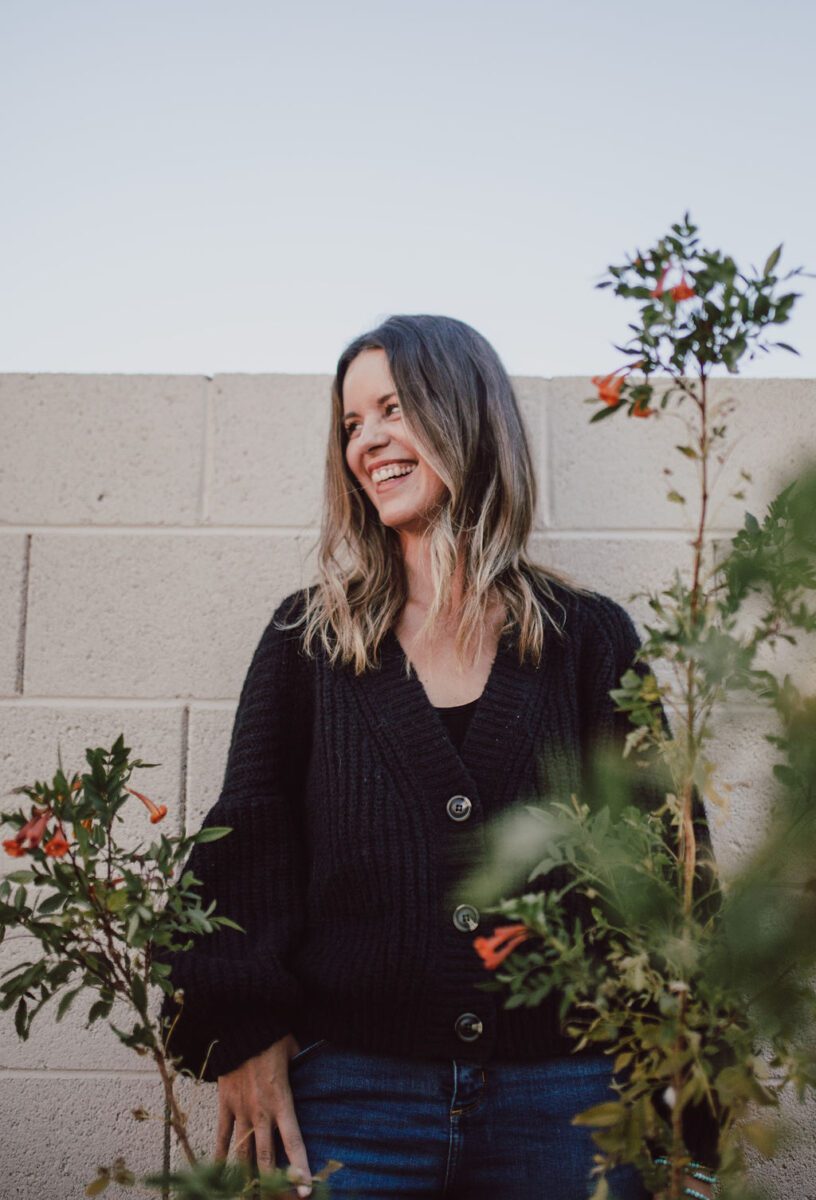
Photo Courtesy of Foster 360
Awareness is important, but awareness with no action is what keeps these statistics and outcomes the same.
May is National Foster Care Month, an opportunity to raise awareness about those who experience foster care and to break the stigmas surrounding it.
Even the words “foster care” paint somewhat of a negative story to most people. Many assume it entails a child or youth being removed from an unsafe environment and placed into safer, more capable care. In all reality though, foster care is meant to protect children who are vulnerable at the hands of those who are meant to care for them.
Unfortunately, this is just a small glimpse into the realities these children face. It would be nice to believe that once a child is placed in foster care, their life is better—even safer—and they’re able to live a pretty normal childhood. This is the story for some, but sadly not for most.
The cruel realities of foster care follow these children for years to come. There are not enough foster care homes or kinship homes, case managers are overloaded and burnt out, and group homes end up becoming the only placement solution for kids.
Let me be clear: the road is paved with good intentions. Yet, too often these children and young adults are left without the makings of an actual home. They then age out of foster care and start their adult lives with a host of barriers already in place. Too often the conversation about foster care and homelessness are spoken about separately, but they go hand in hand.
Each year in Arizona 900 youth turn 18 and age out of the foster care system. Within the first two years of adulthood:
- 50% of those youth will become homeless
- 1 in 3 will be sex trafficked
- 1 in 4 will experience PTSD
- Less than 3% will earn a higher education degree
- 20% will be a part of the criminal justice system by age 19.
This doesn’t even include the trauma that follows them emotionally, the brain injuries they endure due to domestic violence, or the sense of abandonment or loss of identity.
When we talk about homelessness, we have to talk about how 65% of our chronically homeless in Arizona were part of the foster care system. These numbers are the same year after year with little to no change in the system or outcomes.
Awareness is important, but awareness with no action is what keeps these statistics and outcomes the same. If we want to help our community and make a change when it comes to homelessness, we need to continue to look at foster care and ways we can step in.
It is unfair to put the responsibility of these children solely on a system that isn’t supported enough and is doing the best it can given their current resources. These children and youth deserve our actual best.
It can feel overwhelming to know where to start, but there are a lot of ways, little and big, that we can step in to truly support these young people—and, hopefully, one day, change not only the lives of these youth but also the lives of those experiencing homelessness in Arizona.
How can you get involved? Dedicate your time, energy, and/or resources to support foster youth and organizations working with foster youth.
With close to 14,000 Arizona children in the system right now and only 3,000 licensed foster families, the need for foster parents is its own ongoing crisis. You can also support programs like Foster360 which helps foster children who have aged out of the system break the cycle of homelessness.
Foster360 offers holistic wraparound services that empower foster youth ages 18-24 with the necessary tools, education, and mindset to succeed in life. We provide trauma coaching, life skills, as well as work and education support.
Affordable housing is also available through Foster360, which allows young adults to take the stressors of increased housing costs off their shoulders and provide an individualized plan that will empower each young adult to have sustainable, long-term success in their lives so they never experience homelessness again.
Foster care means so much, but we cannot forget that each number, each statistic, represents a life and a face, a life that deserves to have dreams and a bright future waiting for them when they turn 18.
With each person who steps in to help, we can rewrite what awaits these children and youth, one life at a time.
Related: A Same-Sex Couple in Chandler Was Discouraged From Fostering. Now They’ve Adopted 7 Kids.

Dreading political talk over the holidays? Here’s an AZ therapist’s tips on navigating differences
Local therapist Carlie Rouse offers tips for setting boundaries, changing the subject, and controlling reactions to political conversations this...

How to talk to a conspiracy theorist, in 6 steps
People never fall into extremist, violent, or racist viewpoints all at once. Understanding what’s behind their beliefs can be the simple tool you...

Here’s How the Biden Administration Has Tackled The Mental Health Crisis
May was Mental Health Awareness Month, and for the past few weeks, the Biden administration has announced a series of efforts to address the...



